Research Activities
Research Activities
As the only comprehensive museum for natural sciences in Japan, the National Museum of Nature and Science, since its establishment in 1877, has been engaged in research related to natural history and the history of science and technology. The work of the Museum focuses on studying the history of the Earth and living organisms in order to better understand issues related to biodiversity and environmental changes, and throwing light on the development process of science and technology. Towards this end, the Museum is committed to employing state-of-the-art research methods, while also consistently pursuing empirical research utilizing specimens and other research material. Further, as one of the leading research centers in Asia, the Museum collaborates with various other organizations to implement research programs.
To create and maintain a national collection of research material, the Museum actively collects specimens from all over the world. Currently, the collection boasts more than 4 million items.
The National Museum of Nature and Science is a data provider for the Global Biodiversity Information Facility (GBIF), and makes information on its collections available worldwide. The Museum has also created a database on the history of science and technology in Japan, and publicizes the information on its website. The Science Museum Net is a website operated by the Museum with the objective of promoting the creation of a network of science museums in Japan. In order to implement the above activities, the Museum has a research organization comprised of five Research Departments (Departments of Zoology, Botany, Geology and Paleontology, Anthropology, and Science), two gardens (Tsukuba Botanical Garden and Institute for Nature Study), three information and research centers (Center for Collections, Center for Molecular Biodiversity Research, and Center of the History of Japanese Industrial Technology), and the Showa Memorial Institute, Tsukuba Research Center.
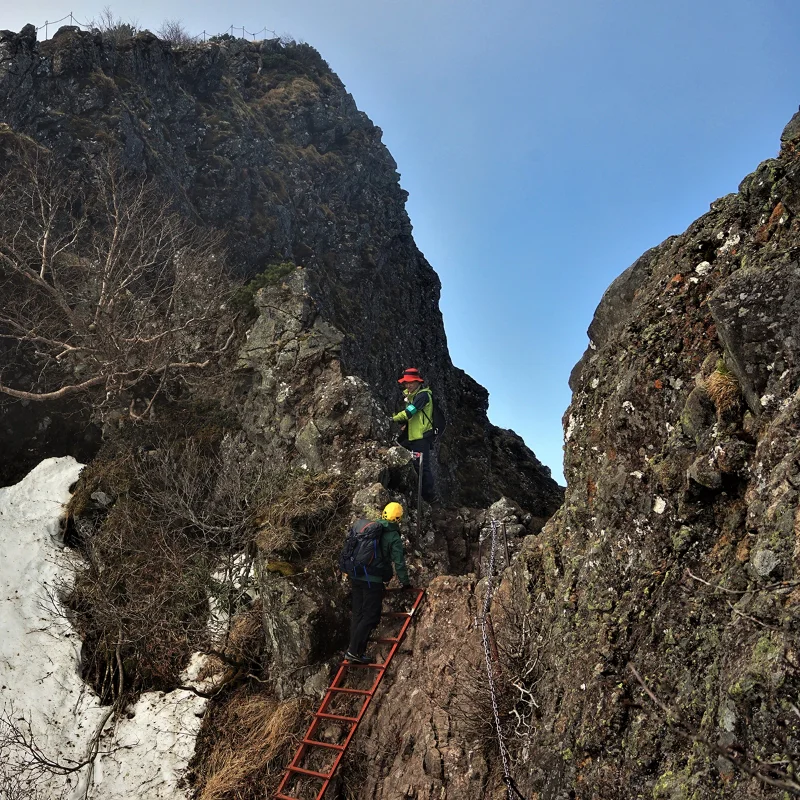
Basic Research
Zoology
We incorporate advanced research methods such as X-ray micro-CT and next-generation sequencing to promote taxonomy and phylogenetic analysis based on morphology and genetics analysis, build an inventory of protists and animals in Japan and its surrounding regions and seas for the conservation of biodiversity, and elucidate the mechanisms that generate diversity. We also assess the completeness of the inventories for each taxonomic group. At the same time, we elucidate the current state and chronological changes of each species in relation to its environment, thereby enhancing our understanding of biodiversity and contributing to species conservation.
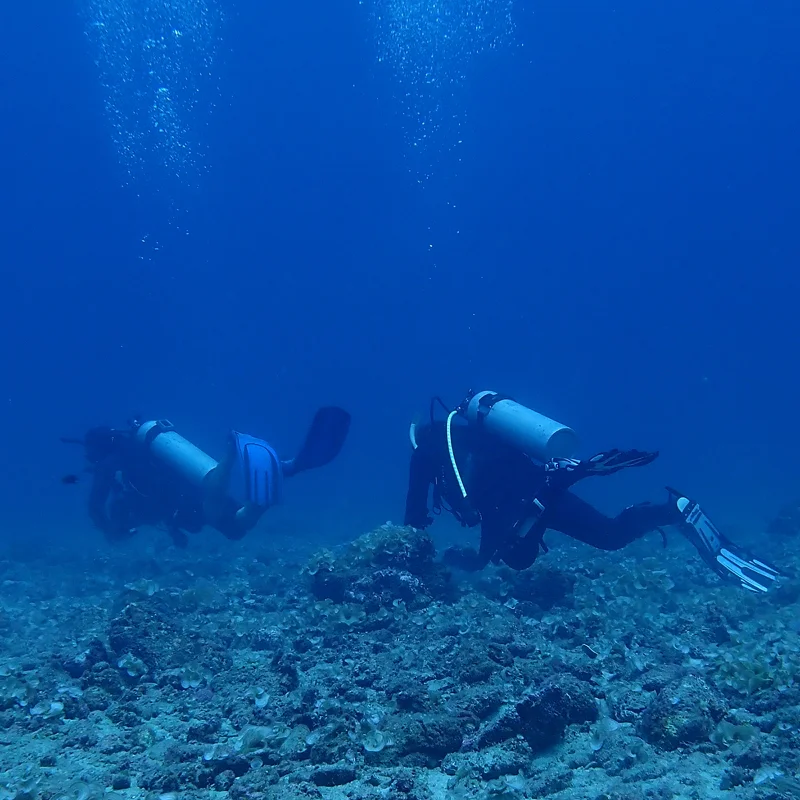
Botany
We collect specimens and materials from all eukaryotes (excluding animals) and some prokaryotes. Utilizing our existing collection, along with materials and data from the ecosystems maintained at the Tsukuba Botanical Garden, we analyze key aspects including morphology, structure, distribution, genomes, secondary metabolites, and interspecies interactions. This comprehensive analysis forms the basis of our natural history research, focusing on the taxonomy, evolution, and ecology of vascular plants, bryophytes, algae, lichens, and fungi. Furthermore, we promote the integration and publication of the findings from this research, contributing to the conservation and sustainable use of biodiversity.
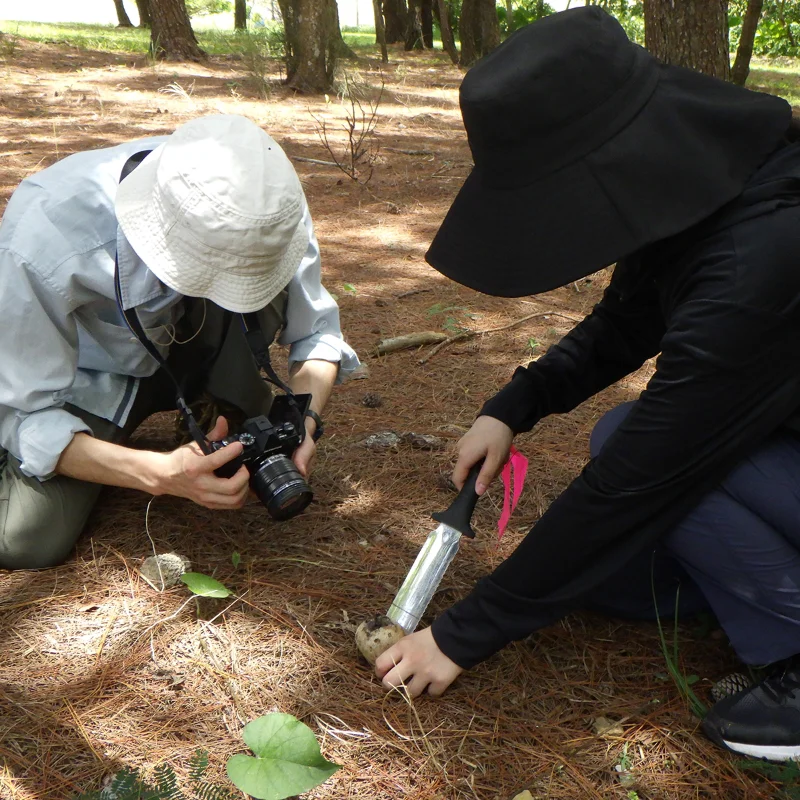
Geology and Paleontology
We conduct geological surveys and collect, register, and document rock and mineral specimens in the Japanese archipelago and geologically contrasting regions. We elucidate the origin and differentiation of rocks and minerals through the analysis of rock textures, whole-rock and localized chemical analyses, precise crystal structure analysis, and radiometric dating. Based on these findings, we investigate the relationship between the formation of the Japanese archipelago and the deep structure of the Earth. Additionally, our research focuses on three key areas: analyzing the spatiotemporal distribution of Phanerozoic invertebrates in Asia; deepening our biological understanding of the morphology and biogeographical shifts of Cenozoic lacustrine diatoms from Japan and abroad; and elucidating climatic and marine environmental changes in the waters around the Sea of Japan through the analysis of microfossil assemblages and geochemistry. Using methods involving morphology-based taxonomy, biogeography, rearing experiments, comparative embryology, and geochemistry, we reconstruct the adaptive evolutionary history, life history, habitat, and diet of Mesozoic reptiles and Cenozoic mammals. For Cenozoic angiosperms in East Asia, we elucidate their biogeographical history through research involving taxonomic and paleoecological studies.
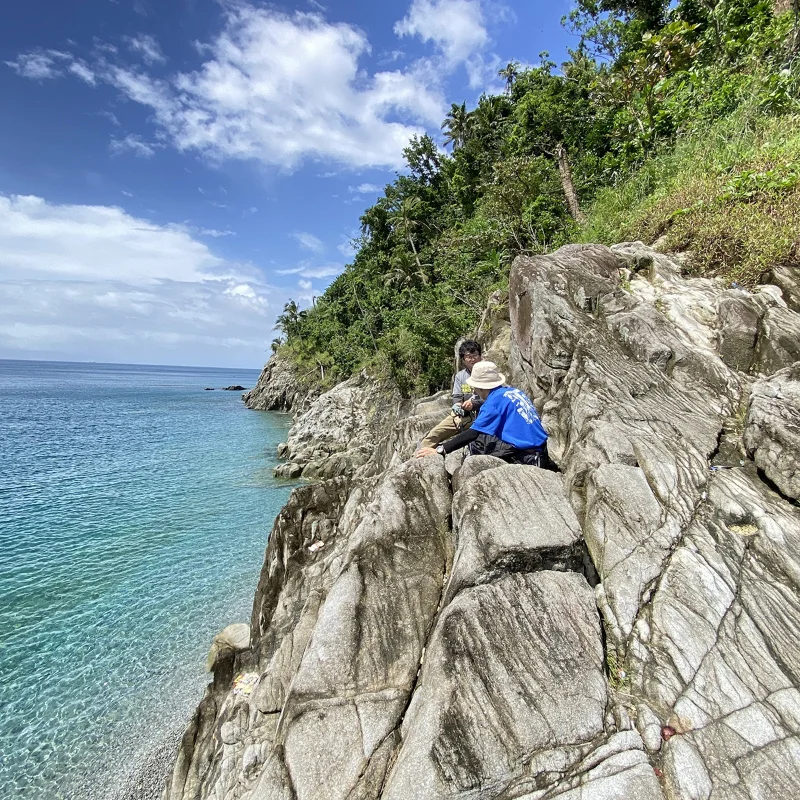
Anthropology
We conduct excavation surveys at Paleolithic sites, such as Sakitari Cave on Okinawa Island, to unearth Paleolithic human skeletal remains and study their morphology.
Our genomic studies of ancient human skeletal remains involve extracting DNA from skeletal remains found throughout the Japanese archipelago, primarily from the Jomon period, and performing comprehensive DNA analysis using next-generation sequencers.
In particular, the complete mitochondrial DNA sequence is determined and used for phylogenetic analysis. By accumulating genomic data from various periods and regions of the Japanese archipelago, we aim to develop a new, comprehensive scenario for population
formation. We are also advancing our research on Paleolithic human skeletal remains using CT scans and 3D printers, and re-examining traditional theories from a morphological perspective. Furthermore, by examining the lesions, stress markers, and age
at death of numerous excavated Edo-period human skeletal remains, we are gathering data on their health and public health conditions, thereby shedding light on the reality of health in that era.
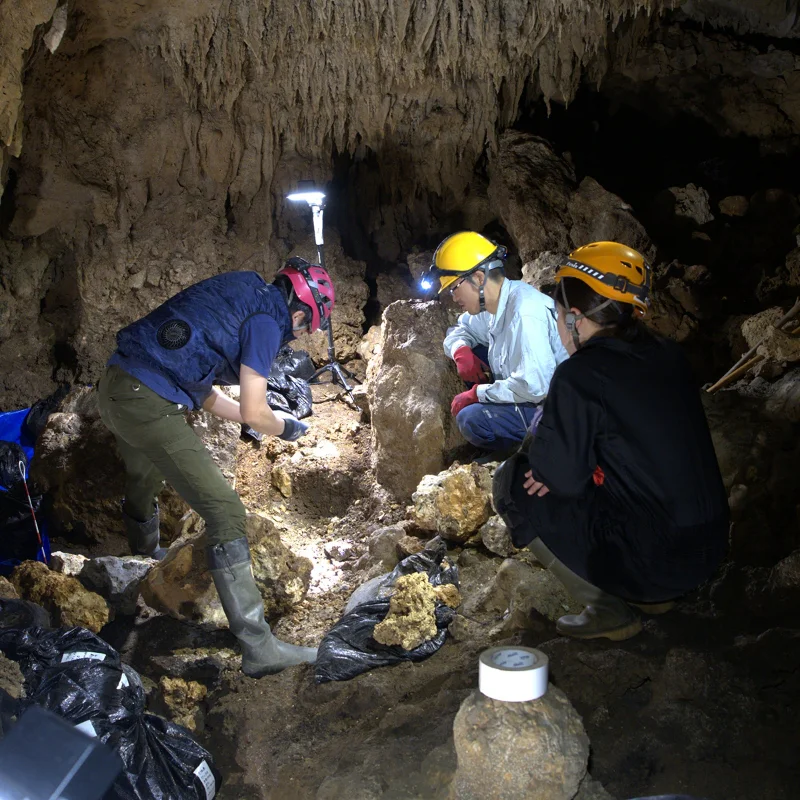
Sciences
To provide a foundation for the future development of science and technology in Japan, we will continue to collect materials on the history of science and technology and the history of space and Earth. We will also advance the 3D digitization of our existing collection, making materials widely available for museum activities through restoration and the creation of replicas. We also collect past observational data from museums and research institutions and analyze them using modern methods. Furthermore, for materials that document the development of Japan’s industrial technologies—particularly those at risk of dispersal or loss—we will collaborate with relevant industrial associations and academic societies to conduct location surveys and systemization surveys by field, while accumulating and making the results publicly available in a database. Particularly important materials from this database are registered in the “Registry of Essential Historical Materials for Science and Technology.”
